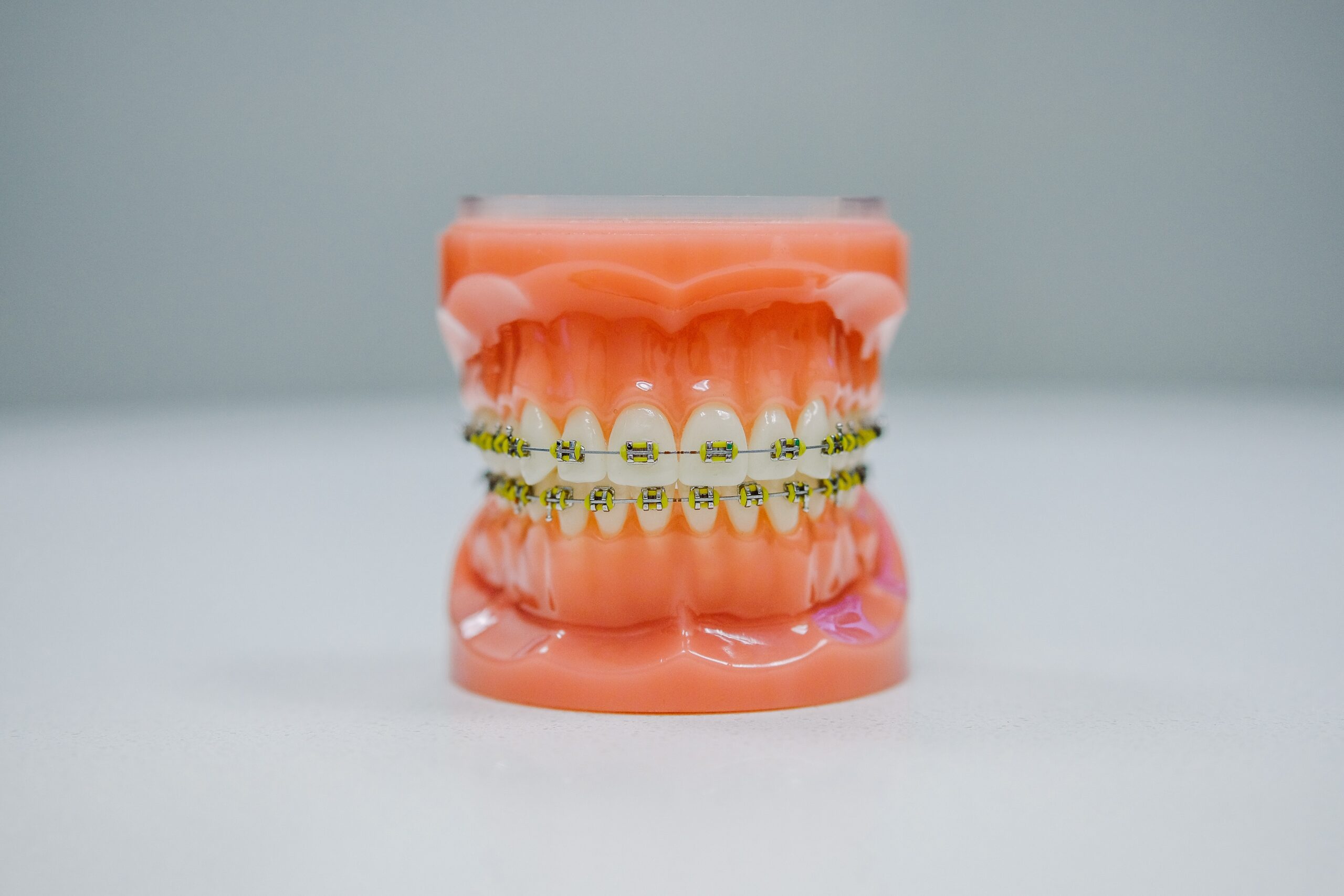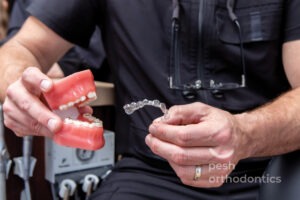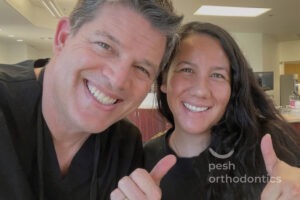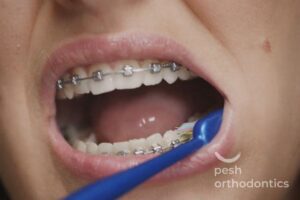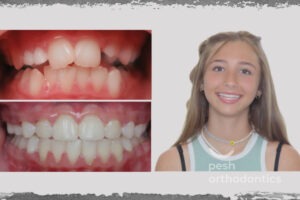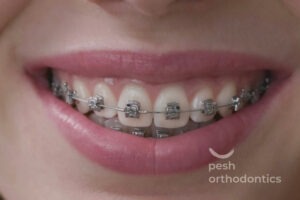Your teeth are going to be adjusted, but have you ever wondered how it happens? In this article we will explore the appliances in detail and what they do. We’ll also discuss some of the biological processes that happen as your new smile takes shape!
Under Pressure
Braces work and provide you a new and beautiful smile by utilizing pressure. Your orthodontist will put brackets on your teeth that are connected together by wires. They may also use other resources like rubber bands or other expanders.
Traditional braces have 3 main components
- Brackets- These are ‘glued’ to your teeth (using a special glue of course) and should not come off until your prescribed treatment plan is complete.
- The Wire- The conductor’s baton is the archwire, which moves teeth in a symphony of perfection. The type and shape of wire used will change throughout treatment to create different types or pressure or movement for newly-developing teeth. The archwire is constantly trying to return to its natural shape which creates pressure and forces the teeth to shift into the desired position. The orchestra that creates your perfect smile may be brackets but it takes an archwire -sometimes bent with computers- to power their movements.
- Elastics- With the use of elastics, teeth can be held in place while also increasing pressure and tension. If your case calls for added pressure or more tension in one direction or another, these devices will help suit the prescribed treatment plan required by our dental office!
New Smile, New You
Your teeth are constantly changing. As the brackets move your teeth, two parts of your mouth are most affected: the periodontal membrane (also known as the periodontal ligament), which is around the root of a tooth and connects to bone on either side, and an alveolar bone that lies below this structure. These changes in movement can affect not only how straight you want your smile to be but also how healthy it will remain for years after treatment has concluded!
If you’re wearing an orthodontic device, it’s important to remember that your tooth movement depends on the reaction of both the periodontal membrane and bone around your teeth.
Believe it or not, teeth respond better to light force. Using a gentle and constant pressure will cause one side of the tooth to compress against its periodontal membrane which creates tension on the opposite side- creating space!
When this happens, the bone on both sides of your teeth is remodeled. On one side, a type of cell that helps to build bone is made. This is called osteoblasts. On the other side, a type of cell that destroys bone is made. This is called osteoclasts.
Withstanding the Pressure
The amount of pressure you apply to the gum area is important. Light pressure is better because it controls the rate at which your teeth are absorbing or depositing. Too much pressure has the opposite effect and slows down tooth absorption or deposition.
The average time in braces is 1-2 years. This allows time for osteoblasts and osteoclasts to do their job! There is a method to the madness and your orthodontist will know exactly what to do and when to do it. Trust the process!



